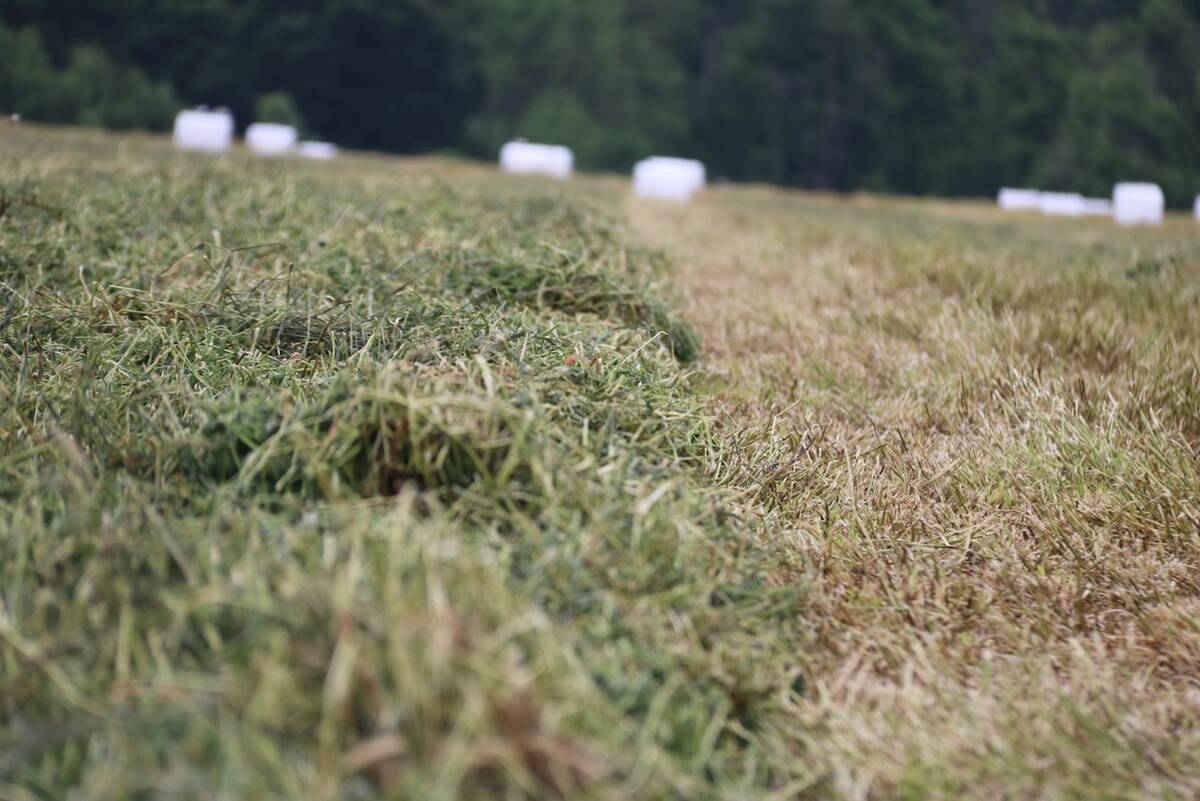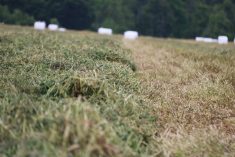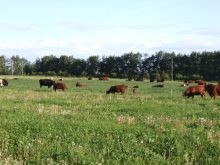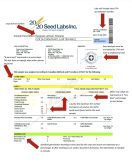Alberta Agriculture and Rural Development has posted its annual insect forecast maps online. The maps indicate where insects could be an issue during the growing season and can help in formulating plans for seeding and pest control.
“The biggest new insect issue is wheat midge in the Fahler area of the Peace area as well as a smattering of other areas in central and southern Alberta,” says insect specialist Scott Meers.
“Bertha Army worm seems to be tapering off; however, we are concerned about the fringe areas of last year’s outbreak. We won’t be able to confirm this until the trapping season begins. As well, grasshoppers are a bit of a concern for 2014 in some areas of the Peace and others in the province.”
Read Also

New high performance forage training program to launch in 2026
A new Canadian Forage and Grasslands Asssociation high performance forage program will be a resource for farmers, agronomists and others in the forage sector.
The maps are updated through the year as conditions change. This advance warning system gives producers time to prepare for what’s ahead, whether that means choosing a resistant variety or scheduling proper scouting and control measures for specific insects that they may need to deal with.
The recently posted maps include 2014 insect forecast and information on:
- Wheat midge
- Bertha armyworm
- Cabbage seedpod weevil
- Diamondback moth
- Grasshopper
- Pea leaf weevil
- Wheat stem sawfly
“Forecast maps and information are not intended to take the place of individual field monitoring,” says Meers. “While forecast maps can shows area of greater risk for insects, it is important to scout fields on an ongoing basis as in any range, and even in individual fields, populations can vary highly.”
Insect forecast maps are available on the Alberta Agriculture and Rural Development website.











